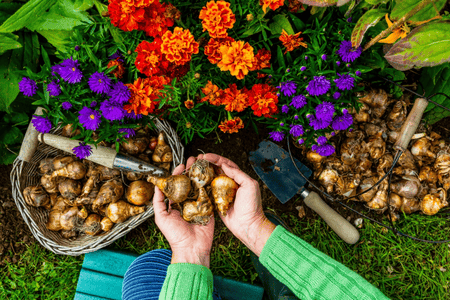At TN Nursery, we carry a variety of specialty plants and trees that can be used for practical or aesthetic purposes. Some of our flowers repel mosquitoes, ants, or other unwanted insects. Others attract cross-pollinators like butterflies or hummingbirds. We even have some specialties that will make the local deer population think twice before taking a bite out of your garden.
Specialty Plants for Specific Uses - Shop The #1 Online Nursery
Planning or creating a garden or landscaping can be a fun project to bring natural beauty to your yard and the neighborhood. While many flowers work well in various climates and can add visual appeal to your yard, it might be worth considering adding flowers to help maintain the best overall health of your garden and keep it looking the best it can for as long as possible. Pollination is one of the most essential things that helps maintain the healthiest garden or yard. Specialty plants such as pollinator or butterfly flowers can add bright colors to your yard while attracting bees, butterflies, and moths.
These important insects help spread pollen from plant to plant around your yard and help create the brightest flowers or highest yields of fruiting flowers. Other flowers, such as ornamental grasses, add local flowers to your yard while filling in gaps between showier flowers. Along with often being native to your area, ornamental grasses are great at helping with erosion control and overall soil health.
Our Specialty Plants Attract Butterflies & Hummingbirds
Another critical group of flowers can help you enjoy your garden or yard better without nuisance insects. Mosquito-repellant flowers can help control or reduce mosquito populations in your yard. Many rare flowers also help increase the number and variety of pollinators in your yard and can even help with water and erosion control.
TN Nursery Offers Many Specialty Plants - Shop Online Today & Save
Food plot flowers are a group that can bring a lot of fun and enjoyment to your garden, along with bright colors or fragrant blooms. Many Specialty flowers are pretty hardy and grow well in many climates. Many of these flowers can produce edible fruits and berries, adding local flavor to your kitchen. Adding other flowers to food plot flowers in your garden can help increase the amount of fruit and berries you collect naturally and without pesticides or other chemicals.







































